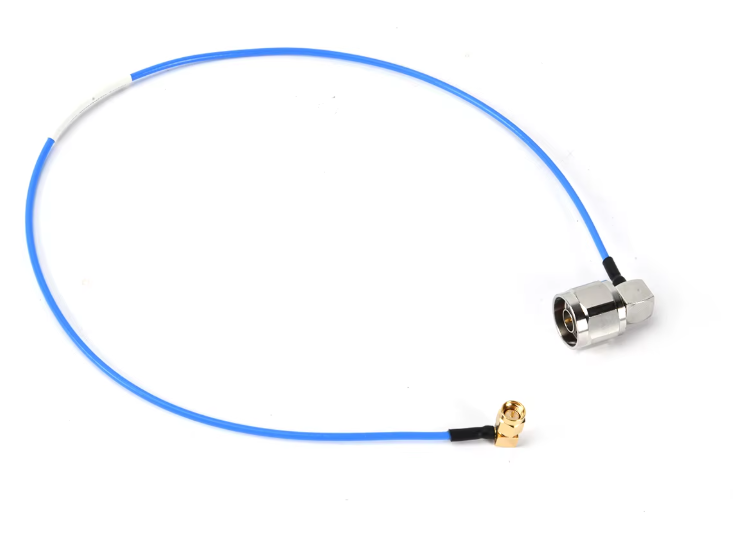Electricity is a cool thing that powers many devices we use every day. It is engineers who know how electricity works and use it for incredible inventions. Before proceeding further towards understanding electricity let's get familiar with some of the main ingredients of devices. Here are some of the most important ones that every engineer should be aware of.
Introduction to Resistors, Capacitors, and Inductors
Resistors are essentially small speed bumps for electricity flowing through the circuit. They resist the flow of electricity in a circuit. This allows control over the flow of electricity through various regions of a device.
Capacitors are small buckets that store electricity. These are devices that store electrical energy, and they can dump it in an instant to maintain things like camera flashes when they are used in cameras.
Inductors are essentially small coils of wire, which can store energy in a magnetic field. They are frequently employed in radios to assist us in accessing various stations.
Diode Applications in Electronics: Types, Analyzing, and More
Think of diodes as one-way streets for electricity. They allow electricity to flow in only one direction. This is useful to check that electricity flows where it needs to across a circuit.
Transistors are small switches that can be turned on and off by electricity. They play a big role in controlling electricity in devices such as computers and smartphones.
Modern Electronics: The Role of Integrated Circuits
Thanks to an invention by engineers in California, integrated circuits — or just chips — function like miniature computers that store and process information. They are behind much of the technology we use today, such as tablets and smartwatches.
Ever Wonder How Potentiometers and Switches Work?
Potentiometers are the same as volume knobs on a radio. They can vary the flow of electricity through a circuit, which allows us to regulate things like the brightness of a light bulb.
Switches are essentially on/off buttons of electricity. They can also open or close a circuit to activate or deactivate a device.
Passive Components: A Focus on the Small Stuff
Passive components are like team players within a circuit that don't actively rearrange the flow of electricity. These include resistors, capacitors, and inductors. They may not be very thrilling like the other areas, however they are very much needed to ensure devices function properly.
Finally, learning about these fundamental electronic components is crucial for any budding engineer. As engineers learn how resistors, capacitors, inductors, diodes, transistors, integrated circuits, potentiometers, switches and passive components work, they are able to create wonderful inventions that improve our lives and add fun to them. So keep learning HAILER because who knows, maybe some day you will invent a greate invention!

